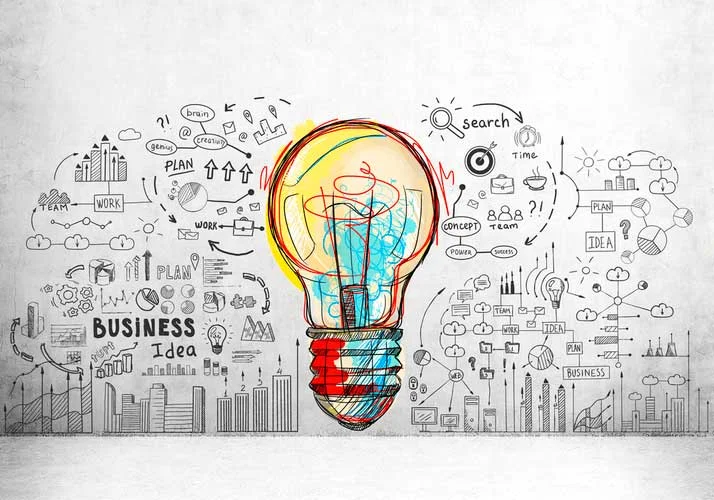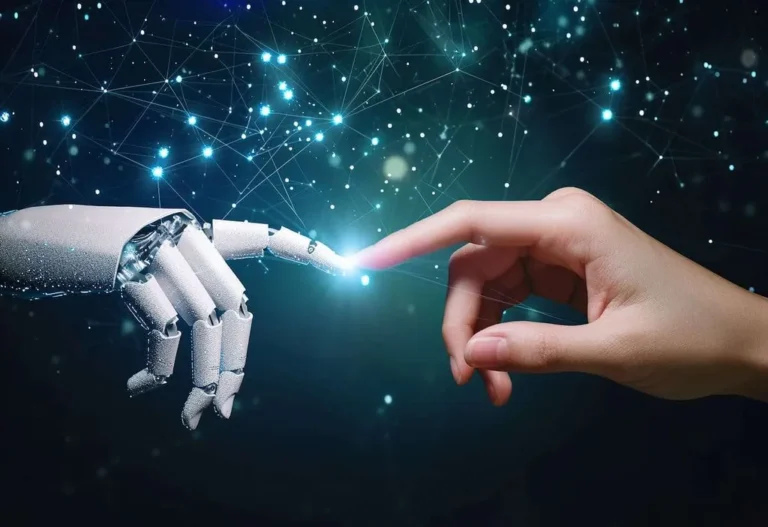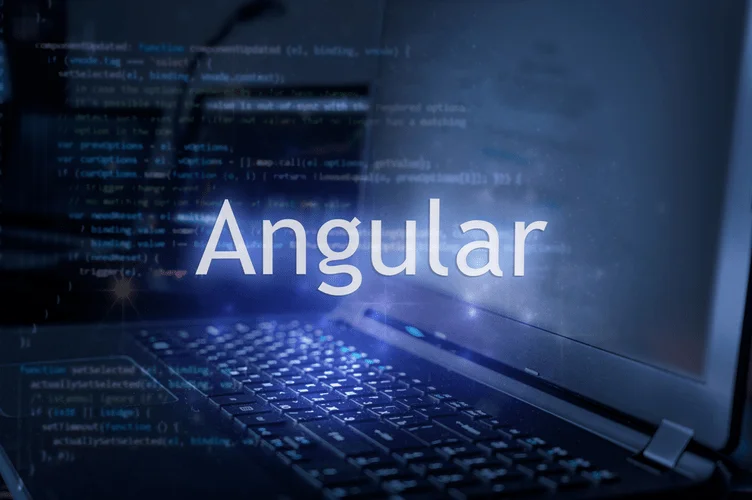Moreover, fog computing tends to be higher suited for smaller networks with decrease throughput necessities than larger ones. Overall, fog computing and cloud computing similarities prevail from a high-level perspective, their particular person strengths make them suitable for various functions inside the realm of contemporary technology. The integration of the Internet of Things with the cloud is a cheap method to do enterprise. They rely on enterprise functions corresponding to point of sale, stock administration, video safety, and new IoT transformative purposes and wish versatile, reliable, secure, scalable, and resilient in-store infrastructure. In this publish, we are going to understand fog computing vs cloud computing the ideas of edge, fog, and cloud computing and their key variations. Cloud computing comprises the delivery of computing services, together with knowledge storage, servers, networking, analytics, and intelligence over the Internet.
All One Must Find Out About Fog Computing And Related Edge Computing Paradigms: A Whole Survey☆,☆☆
For these reasons, it’s unlikely that fog computing will utterly replace cloud computing. Fog computing, on the opposite hand, works better as part of a distributed system where gadgets are positioned nearer to customers and require some form of physical connection so as to access knowledge or ship commands. Ultimately, the selection between cloud and fog computing comes down to the specific needs and requirements of an organization, as every strategy provides unique benefits and trade-offs. This permits gadgets to speak more simply and shortly with each other, giving them greater agility in responding to changing conditions.
Fog Computing Vs Cloud Computing – What’s The Difference?
Cloud computing is geo-distributed, which means that it relies on a community of cloud servers that are usually spread out across multiple geographical areas. Fog computing and edge computing have several advantages over traditional cloud computing, particularly in relation to processing data in real-time. This sort of fog computing combines each client-based and server-based fog computing. Hybrid fog computing is right for purposes that require a combine of real-time processing and excessive computing energy.

Benefits Of Utilizing Cloud Computing For Businesses
All these units will produce large quantities of data that should be processed rapidly and in a sustainable means. To meet the growing demand for IoT options, fog computing comes into action on par with cloud computing. The objective of this text is to match fog vs. cloud and inform you extra about fog vs cloud computing possibilities, as nicely as their professionals and cons. So, it’s not straightforward to govern useful information compared to cloud computing with centralized knowledge processing. Edge computing is a distributed computing framework that enables localized data processing and analytics. It brings enterprise functions close to data sources corresponding to local edge servers or IoT devices.
All three computing frameworks—cloud, fog, and edge supply distinctive benefits to companies relying on their requirements. Cloud computing could be great when you provide functions that don’t require real-time responses. For instance, in applications like IoT (Internet of Things), fog computing enables stakeholders to carry out real-time data evaluation on the device stage. This eradicates the want to ship data to the cloud and improves effectivity. Edge computing removes the trouble of needing connectivity and can immediately break down information into helpful pieces of knowledge for use on the source.
- This article provides an outline of what Fog computing is, its uses and thecomparison between Fog computing and Cloud computing.
- Fog computing has a quantity of unique traits that make it a beautiful possibility for organizations seeking to process information in real time.
- However, in relation to capacity, there are some important differences between the two approaches.
- There is a growing need for fast, dependable, and efficient computing methods.
- There are some key variations in phrases of the place these services are actually located.
It additionally enhances safety by preserving sensitive knowledge localized and decreasing the necessity to transmit it to external servers. Individual organizations need to examine which infrastructure most accurately fits their needs and offers essentially the most value. Understanding what a company’s IoT needs are and incorporating the most effective computing answer from the bottom up is the most environment friendly, cost-effective and forward-thinking transfer a business can make. Thinking by method of operational needs means making a decision primarily based on the extent of IoT needed (i.e., asset degree, local degree, regional level, national degree or world level). Each of those ranges has an answer that could additionally be a naturally better match than the others. The key to unlocking the best-fitting IoT solution is knowing the variations between them.
It’s a solution that lies someplace in between the edge and the cloud but is more closely aligned with edge computing. Data is collected from sensors and despatched to a local area community (LAN) as an alternative of being despatched to the cloud in a centralized location for processing. This additionally permits information factors from multiple sources to be processed at a single location for comparison and evaluation, giving a big-picture view of the local network while nonetheless sustaining a relatively small scale. The main advantages of utilizing fog computing are its elevated efficiency over the cloud when sending giant amounts of data and lowered safety risks as a result of its decentralized nature.

Whether you go for one or the other will in the end depend upon a wide selection of elements, together with your industry and regulatory requirements. Ultimately, only cautious analysis might help you make one of the best decision in your organization. IoT development and cloud computing are among the many core competencies of SaM Solutions.
Moreover, that record of purposes is growing daily as the Internet of Things (IoT) continues to increase and join issues we by no means thought were connectable, let alone worthy of a connection. Conservative estimates put the number of connected IoT gadgets at fifty five billion by the year 2025. There is an enormous debate at present on which expertise is healthier for companies – fog computing or cloud computing. Here, we will discover the key advantages of both technologies to find a way to differentiate cloud computing from fog computing and make an informed choice for your business.

That “narrow set of variations” remains to be enough, however, to warrant a distinction. Abhresh is specialised as a company trainer, He has a decade of experience in technical coaching blended with digital webinars and instructor-led session created programs, tutorials, and articles for organizations. He can be the founder of Nikasio.com, which provides a quantity of companies in technical training, project consulting, content material development, and so on. Take No Stress and Learn Cloud Computing from scratch with KnowledgehutHut, an internet course that will vanish away all of your ifs and buts with particular cloud computing steering from business consultants. Still, cloud computing stays well-liked as a end result of its greater flexibility and will increase scalability, making it perfect for a broad range of use circumstances. Overall, choosing between these two methods relies upon largely on your particular wants and goals as a consumer or developer.
It extends the capabilities of edge computing by providing a layer of computing infrastructure between the edge gadgets and the cloud. This infrastructure is called the fog layer, and it provides further computing resources and providers to edge units. Edge computing and fog computing are two concepts which may be usually used interchangeably, but they’ve important differences. Edge computing is a decentralized computing mannequin that brings information processing nearer to the devices and sensors that generate it. Fog computing, however, is a distributed computing mannequin that extends the capabilities of edge computing to a larger network of units and sensors.

In general, cloud computing is better suited to duties that require large amounts of processing energy, corresponding to massive data analytics and complex modeling. When it involves fog computing vs cloud computing, there are a number of key differences that set these two applied sciences aside. Perhaps probably the most significant distinction is latency or the period of time required for information to travel between units.
There are all the time a quantity of elements to bear in mind when selecting between edge, fog and cloud computing. As such, when contemplating the pros and cons of cloud vs fog computing, the query of location awareness becomes an important issue to think about. In addition to providing quick and easy accessibility to info, cloud computing additionally permits for real-time collaboration among people and organizations. New necessities of the rising applied sciences are the driving force behind IT improvement.
Transform Your Business With AI Software Development Solutions https://www.globalcloudteam.com/